
Build Your Dream
Golf Simulator
Yes, we have everything you need to build a custom golf simulator room of your dreams. But the good times you’ll have? Those are definitely not a simulation.
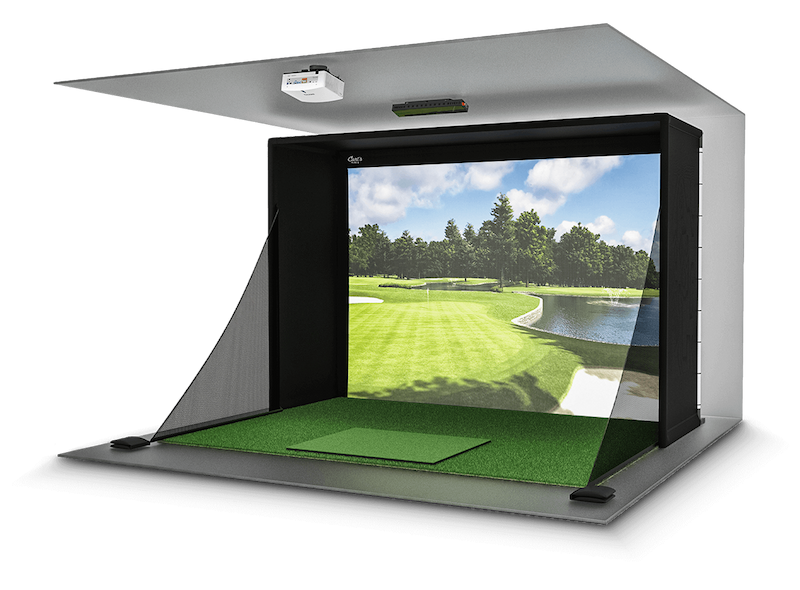
Immerse Yourself in the Fairway
Step into a world of unprecedented golfing realism with our brand-new golf simulator enclosure. Feel the lush grass beneath your feet, the wind in your hair, and the sun on your skin as you take your swing.
With cabled-screen technology, your new golf enclosure transports you straight to the fairway, anytime you want to play.
Immerse Yourself in the Fairway
Step into a world of unprecedented golfing realism with our brand-new golf simulator enclosure. Feel the lush grass beneath your feet, the wind in your hair, and the sun on your skin as you take your swing.
With cabled-screen technology, your new golf enclosure transports you straight to the fairway, anytime you want to play.
Bogeys are no fun.
Watch those scores drop with realistic play that brings your new skills straight to the course.
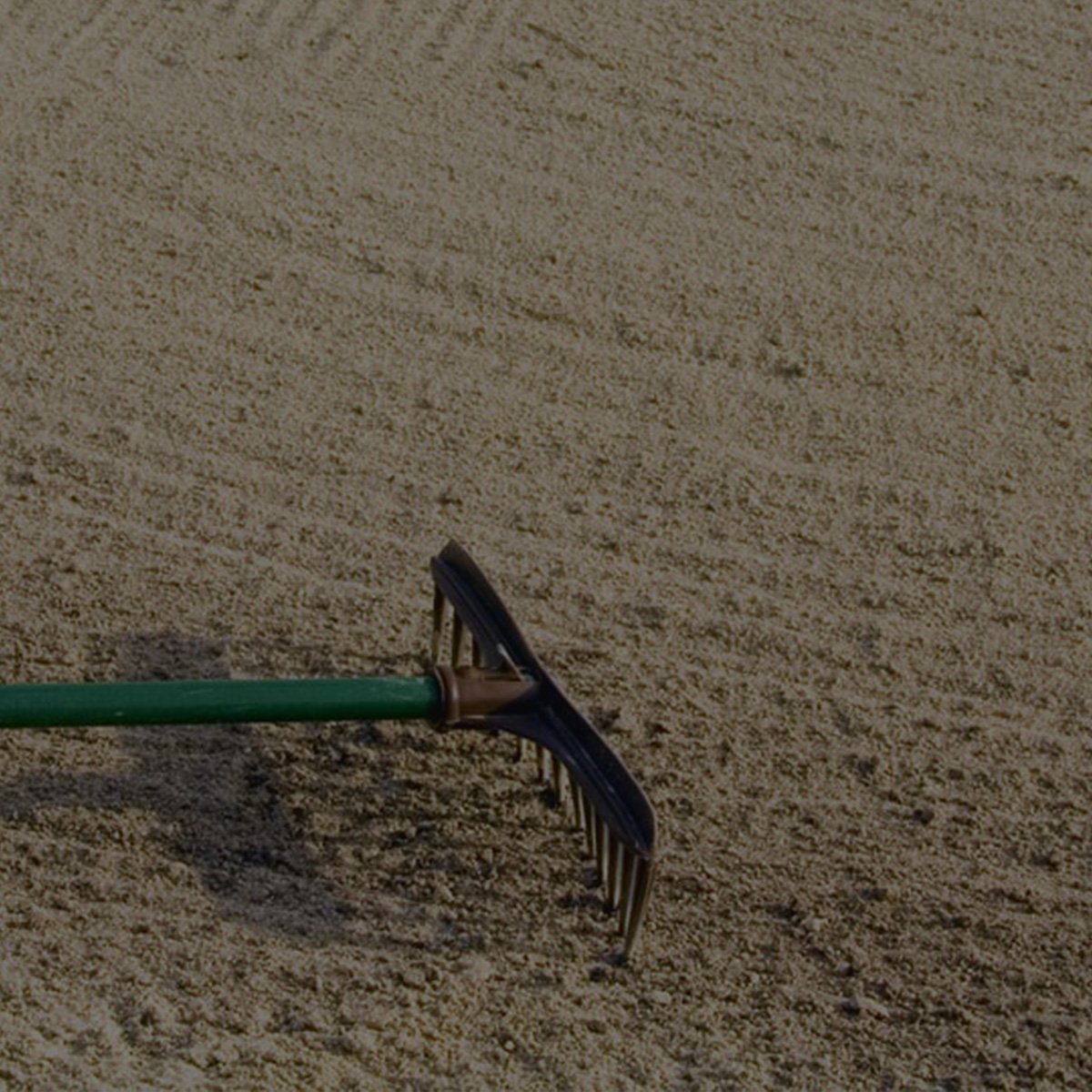
DIY doesn't have to be hard.
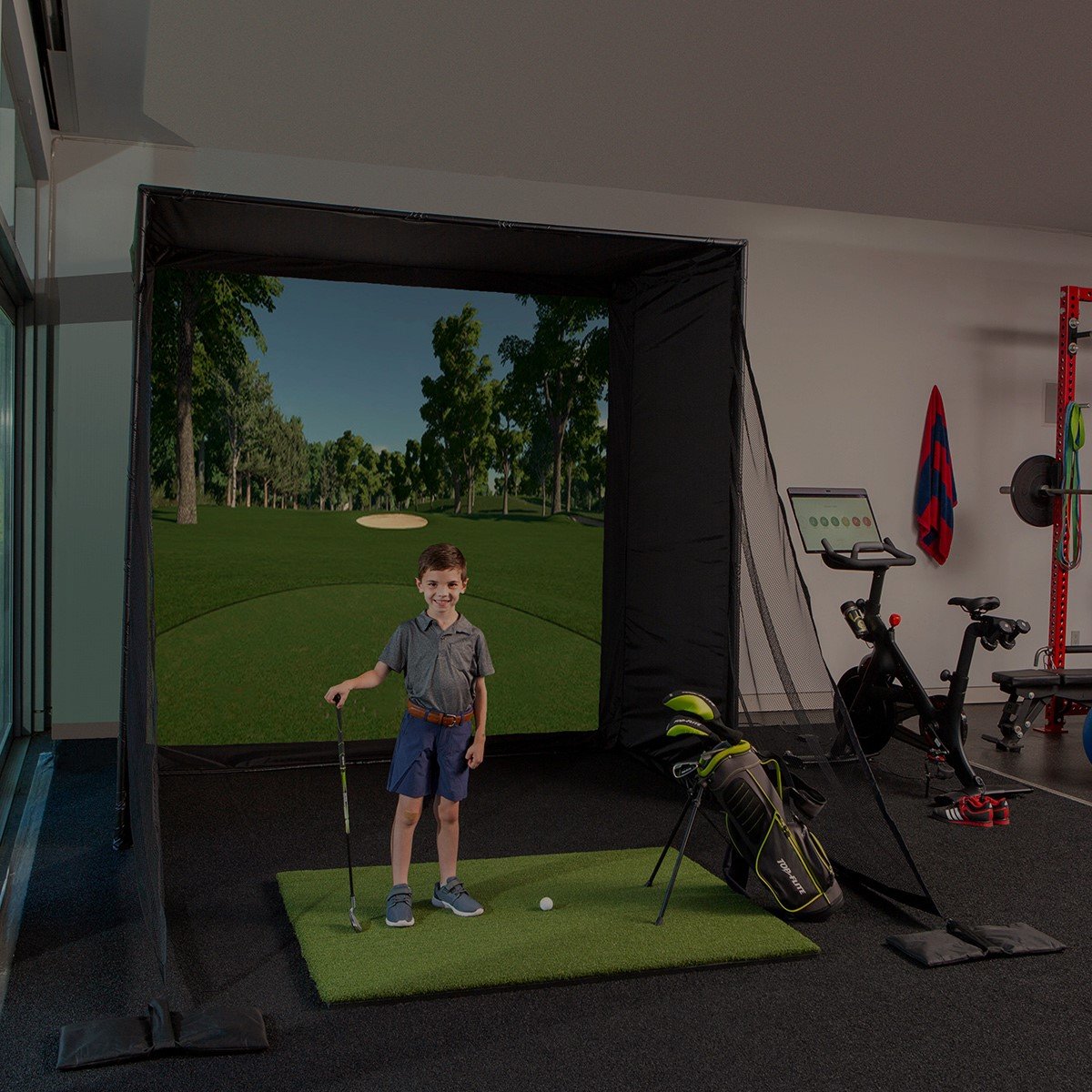
All weather is golf weather.
Too wet to go out? Too cold to play? Just use your indoor golf simulator every single day.
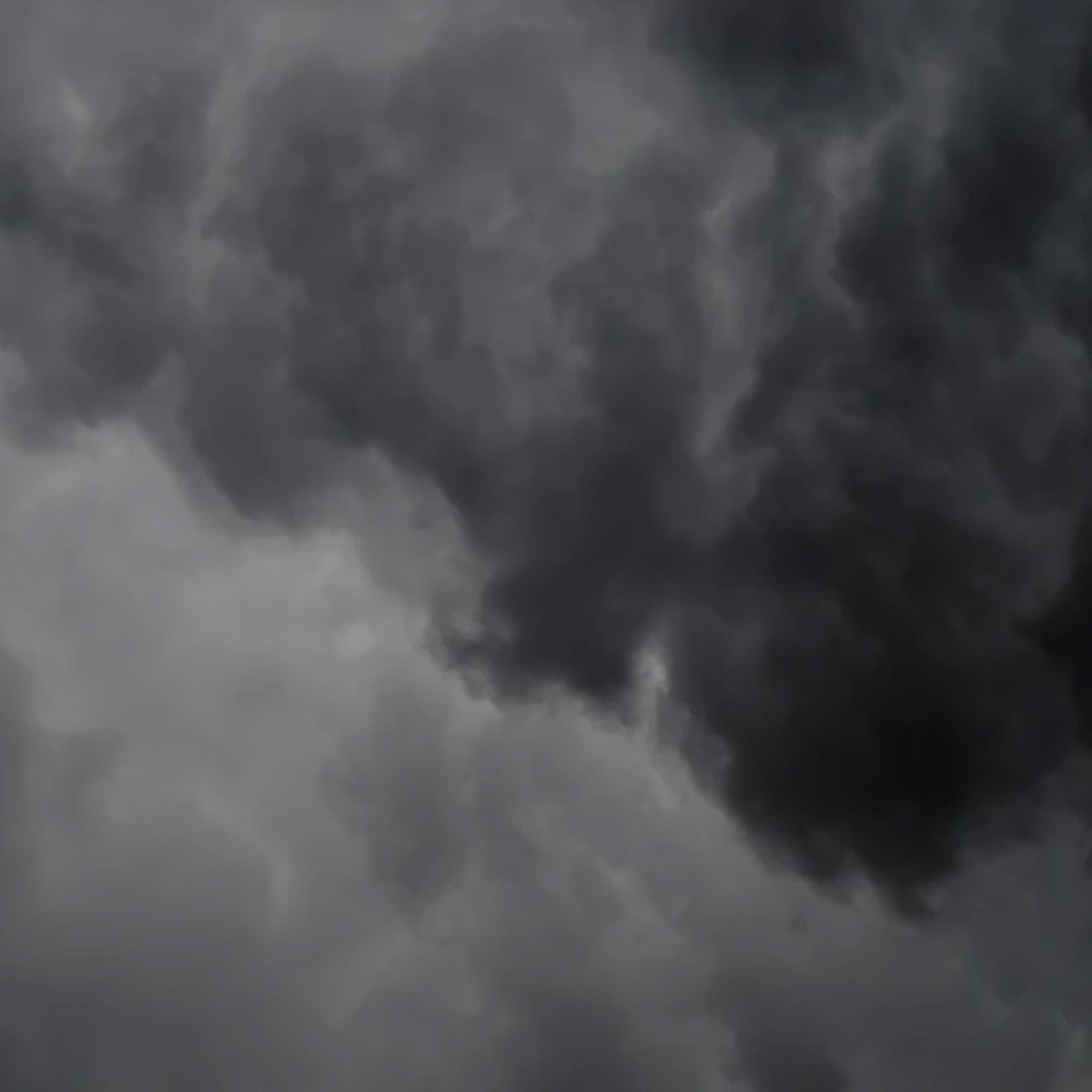
Love it? Share it! #mycarlsplace
Our customers and their indoor golf builds are the real MVPs. No need for flashy photography tricks - their incredible creations speak volumes!
We love to see what your golf room looks like. Tag us and throw a quick #mycarlsplace on your post.
.jpg?width=1200&length=1200&name=golf-room-testimonial-homepage%20(2).jpg)

.jpg?width=1200&length=1200&name=golf-room-testimonial-homepage%20(1).jpg)
.jpg?width=1200&length=1200&name=golf-room-testimonial-homepage%20(8).jpg)
.jpg?width=1200&length=1200&name=golf-room-testimonial-homepage%20(3).jpg)
.jpg?width=1200&length=1200&name=golf-room-testimonial-homepage%20(5).jpg)
.jpg?width=1200&length=1200&name=golf-room-testimonial-homepage%20(4).jpg)
.jpg?width=1200&length=1200&name=golf-room-testimonial-homepage%20(6).jpg)
.jpg?width=1200&length=1200&name=golf-room-testimonial-homepage%20(7).jpg)

We design golf rooms.
Custom golf screens, custom golf enclosures, and custom golf rooms. Carl's design services will create a golf simulator that will perfectly fit your space.
Design It For Me❶
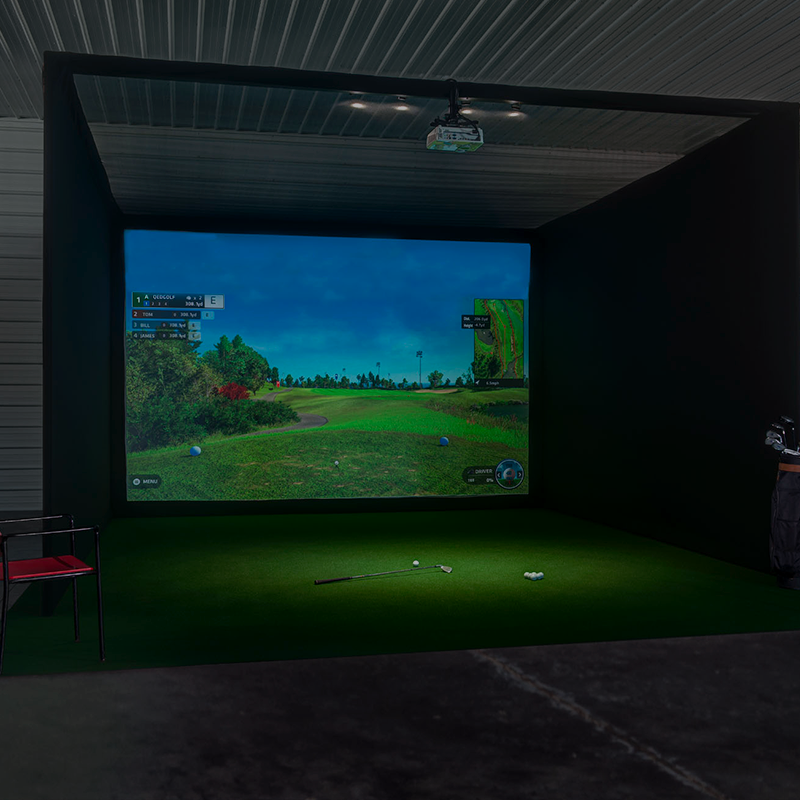

❸


Stop shanking that ball.
Improve your golf swing with the best golf simulators for indoor use, outdoor use, anywhere use. Ready to get started building your home or commercial golf simulator?
Build My SimulatorCarl's Knowledge Center
Get In Touch
About Carl’s Place
Keeping up with the Carl
Be the first to know about all the good stuff happening here.
